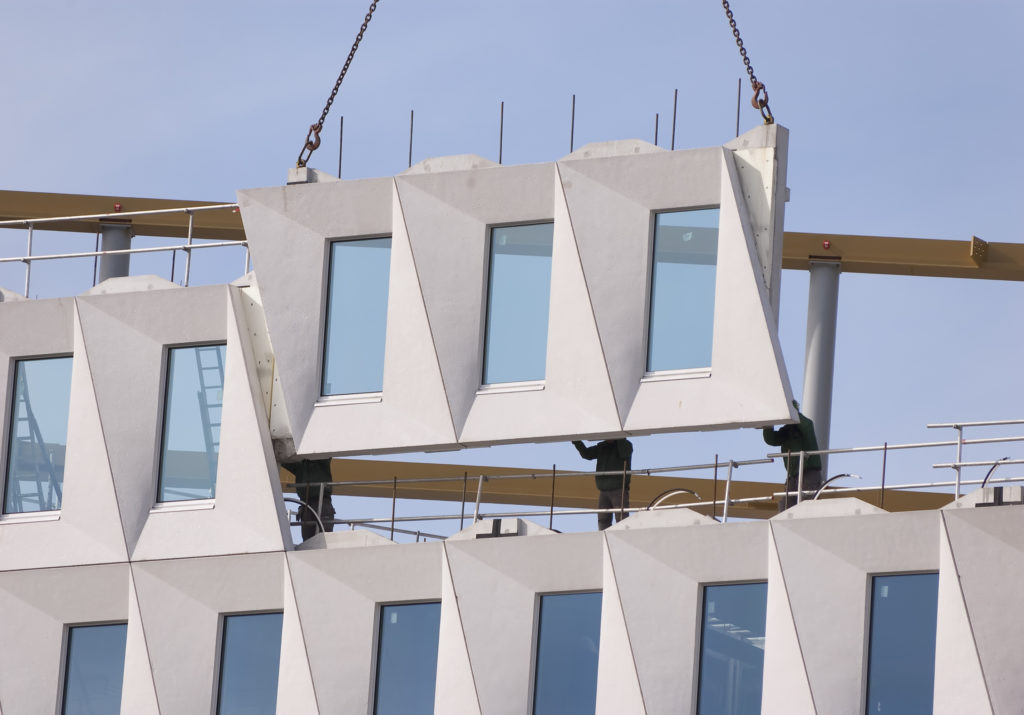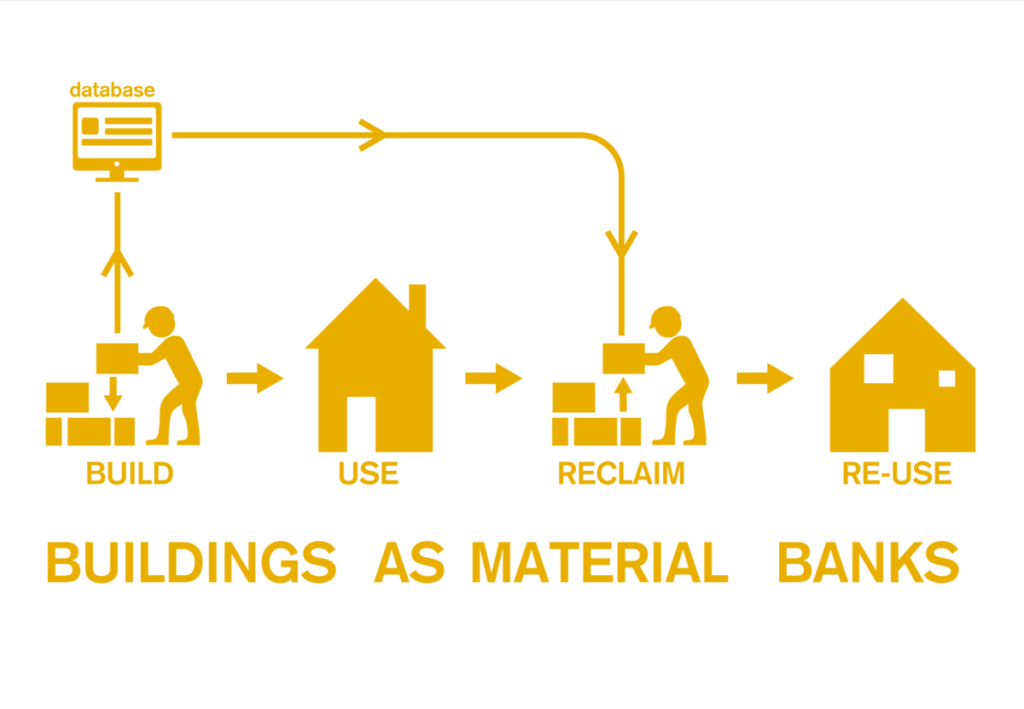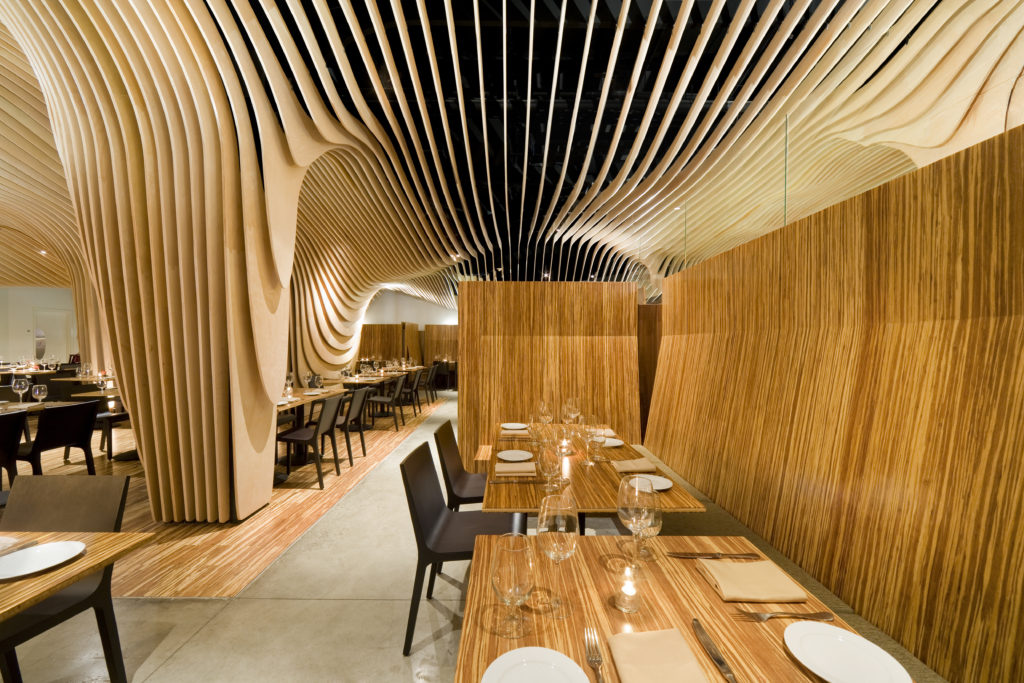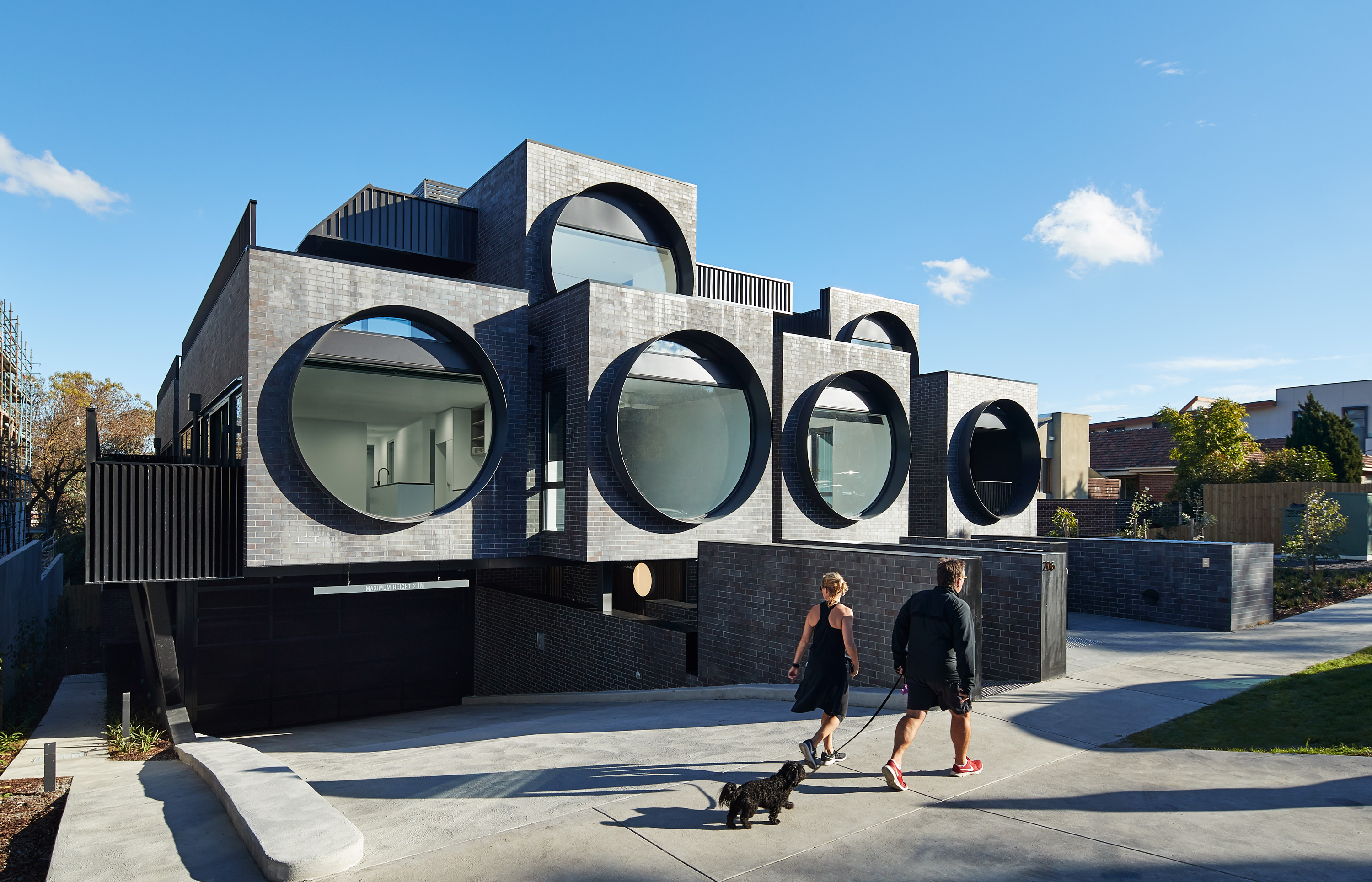Architects: Showcase your next project through Architizer and sign up for our inspirational newsletter.
The recent Global Climate Strike saw millions of individuals put aside their daily lives and responsibilities in order to come together to protest political inaction over climate change. Notable architecture studios and designers ditched their studios and joined the schoolchildren-led movement. This was just one day after the Architecture of Emergency climate summit in London, organized by Barbican and the Architecture Foundation, which brought together individuals from a range of disciplines related to the built environment, to examine how the industry can combat the climate crisis.
The world of architecture and design plays a massive role in determining the state of not only the natural environment, but in sustainable development as a whole. With a construction industry that still depends largely on fossil fuels, there is mounting pressure on the architecture industry to seek greener practices. There have been advancements in terms of alternative design and building practices along with refreshed ways of thinking that are better at nurturing the natural environment. With that being said, we’ve put together a list of some tangible ways architects can better serve the natural environment.

“The Living” designed by David Benjamin is made of mycelium; Images via Kris Graves
1. Convince Clients of the Value of Biodegradable Materials
The construction industry relies mainly on fossil fuels, leaving a massive carbon footprint. Driven to make the construction process greener, designers have turned to using biodegradable materials. One such material is mycelium, which is the vegetative part of a fungus. It’s made up of hundreds of interwoven fibers, making it an incredibly strong material when dried. When combined with farm waste in molds, organic bricks can be formed and used in construction. The bricks are developed with no carbon emission or waste, and after their intended use, they can decompose and return to the carbon cycle. Alternative biodegradable materials that have been used in construction include cork, bamboo, and desert sand.
2. Advocate for the Use of Locally Sourced Materials
Where materials originate, where they’re manufactured, where they’re used in construction, and the distances between each of these phases plays a massive role in determining a project’s environmental impact. Transportation distances determine greenhouse gas emissions as a result of burning fuel. Therefore, by reducing these distances, a project will leave a much smaller carbon footprint. Though sourcing locally has its limitations in terms of reduced price competition for materials and availability, forming a balance between what can be found locally or elsewhere, will remain to have a positive impact on a project’s sustainability.
3. Transition from Concrete Frames to Structural Timber
Concrete is a major carbon emissions culprit as the four billion tons of cement produced each year for concrete production accounts for eight per cent of total carbon dioxide emissions, according to Dezeen. This process is also incredibly water intensive, which strains supplies for drinking and irrigation. Timber is a viable alternative to concrete as it’s the only material with a lower embodied energy level. However, an increasing use of timber must come in parallel with sustainable forestry management, which itself is a major source of CO2 emissions.

Modular façade construction; image via eSub
4. Move Construction Off-Site
Off-site or modular construction sees the assemblage of building sections in singular, controlled environments, which almost eliminates overage and scrap. Constructing in this way also greatly reduces the time it takes to complete a project. While the idea of modular construction has been considered for decades, challenges around maintenance and build quality have held prefabrication back from mass-adoption. Some firms are making progress in this area, though — one example is Cover, a design system for custom homes that aims to combines cost efficiency and short build times with high-quality materials and detailing.

Looking at buildings as material banks; Image via BBM Sustainable Design
5. Reuse Building Materials
Every year, the construction industry sends hundreds of millions of tons of non-industrial waste to American landfills. Much of this waste actually derives from demolition taken before the beginning of new construction projects. Reusing discarded raw material not only cuts down on costs, but it also reduces greenhouse gas emissions when manufacturing new materials. As seen in Europe, contractors and owners have been approaching buildings as “material banks” that serve as temporary storehouses for materials that will be used in future projects.
6. Understand the Environmental Implications of a Project’s Life Cycle
Time should be viewed in a biological perspective in order to better understand our impact on the planet. Rather than looking solely at the traditional design timeframe of project construction and life cycle, we should take into consideration of its broader implications for the natural and social environments.

BIM’s functionalities; Image courtesy of Autodesk
7. Become More Efficient with Digital Technology
Certain digital technology, such as BIM, offers the ability to understand and measure a project’s impacts in advance. This increased efficiency in the design process can help guide decisions that influence a project’s environmental footprint. Projects can be completed quicker with less last minute, on-site alterations, which reduces waste and overall energy consumption.
8. Design for Humans and Nature
Designing in a way that generates mutual benefits and shared value for humans and nature combined must be practiced. Natural capital needs to be considered in cost-benefit analyses and in designs.
Architects: Showcase your next project through Architizer and sign up for our inspirational newsletter.







 Banq Restaurant
Banq Restaurant 


